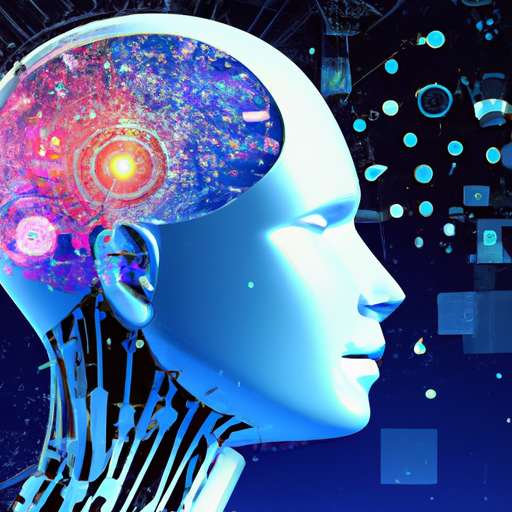Artificial Intelligence: A Modern Approach
Artificial intelligence (AI) has become an integral part of our daily lives, playing an increasingly significant role in various industries and applications.
From healthcare to finance, AI is transforming how we interact with technology and making our lives easier.
This article delves into the modern approach to artificial intelligence, exploring its evolution, applications, and potential future developments.
Let’s embark on this fascinating journey together!
The Evolution Of Artificial Intelligence
Artificial intelligence did not emerge overnight; it has undergone a significant evolution over the decades.
In the early days of AI research, scientists were primarily focused on developing simple algorithms that could mimic human behavior.
These initial efforts laid the foundation for more complex systems that we see today.
As computer processing power increased and more data became available, AI began to evolve rapidly.
The introduction of machine learning algorithms allowed AI systems to learn from data and improve their performance over time without explicit programming.
This marked a significant shift in how we approached artificial intelligence and opened up new possibilities for its application across various fields.
From Rule-Based Systems To Deep Learning
One of the most notable milestones in AI’s evolution was the transition from rule-based systems to deep learning models.
Rule-based systems relied on predefined sets of rules to make decisions, which limited their flexibility and adaptability.
Deep learning models, on the other hand, use neural networks to simulate human brain functions, enabling them to recognize patterns and make more accurate predictions based on large datasets.
With advancements in deep learning techniques, AI has made significant strides in areas such as image recognition, natural language processing (NLP), and autonomous vehicles.
These breakthroughs have brought us closer to achieving true artificial intelligence capable of performing tasks previously thought impossible for machines.

